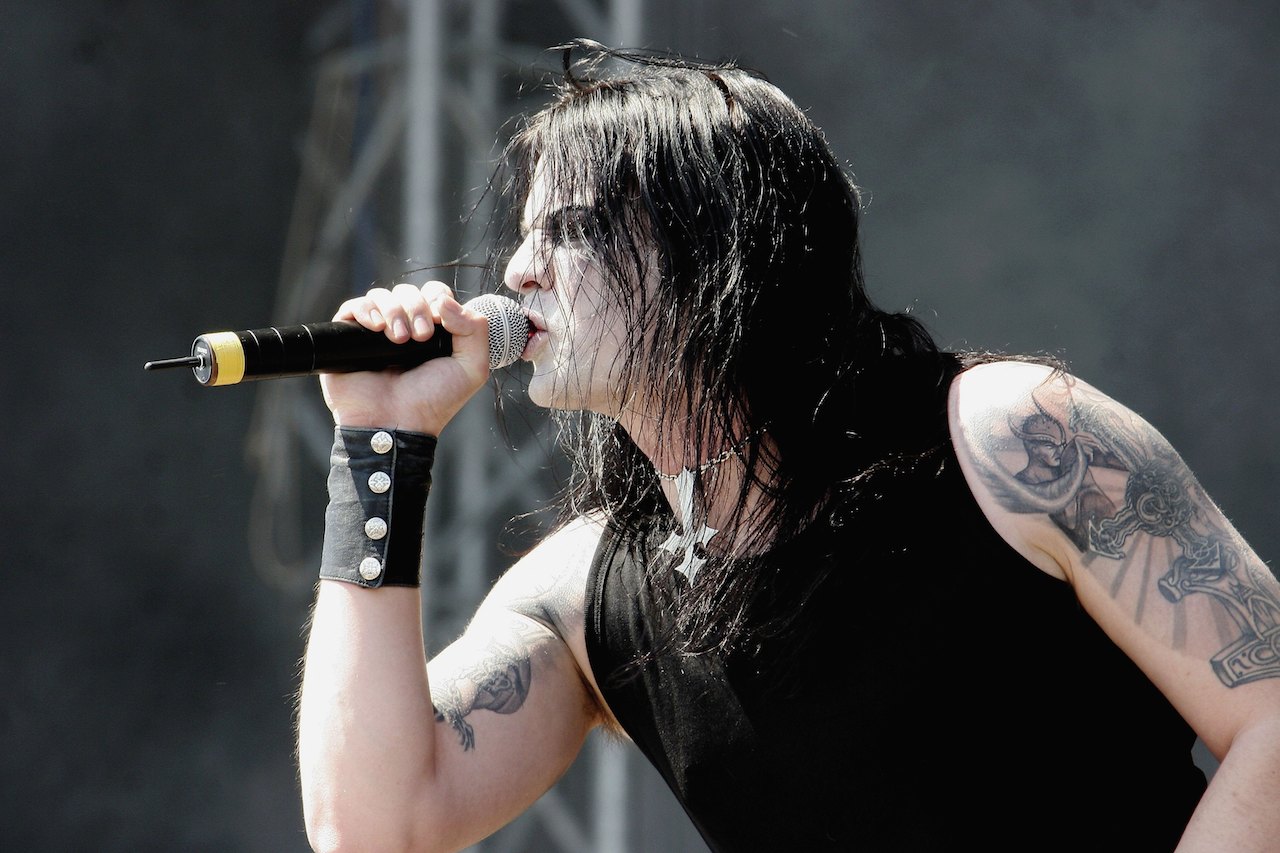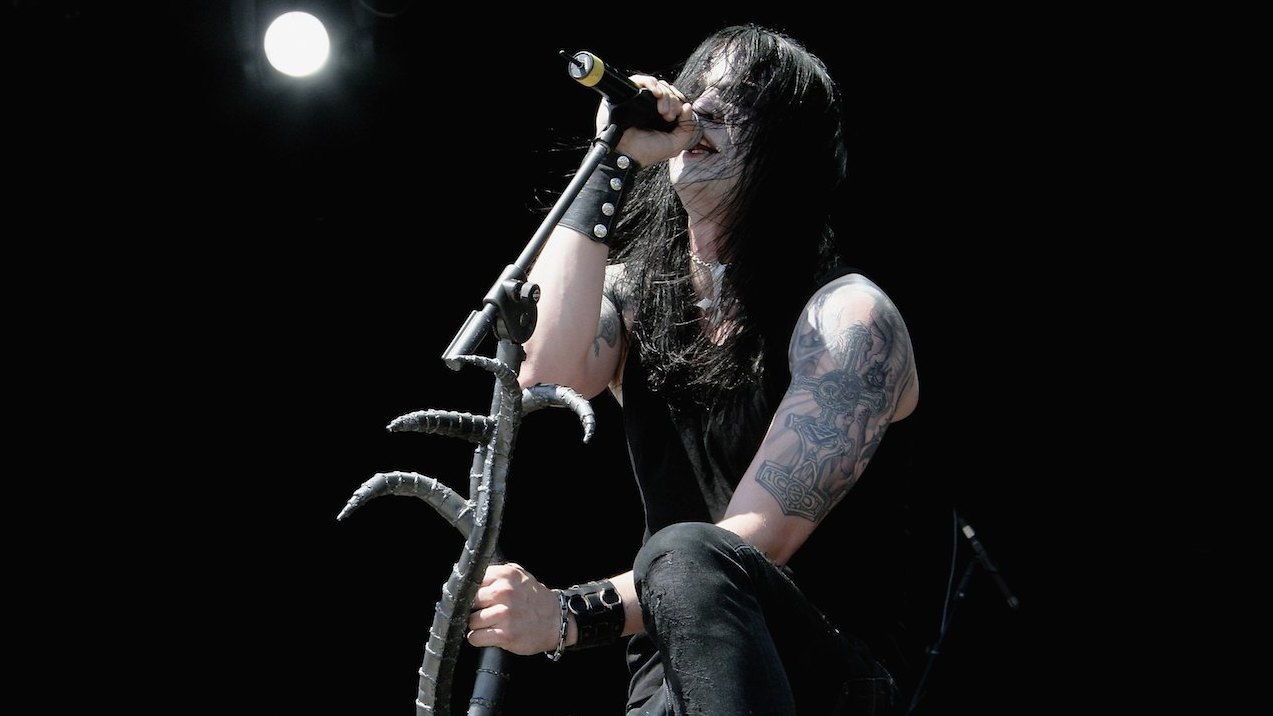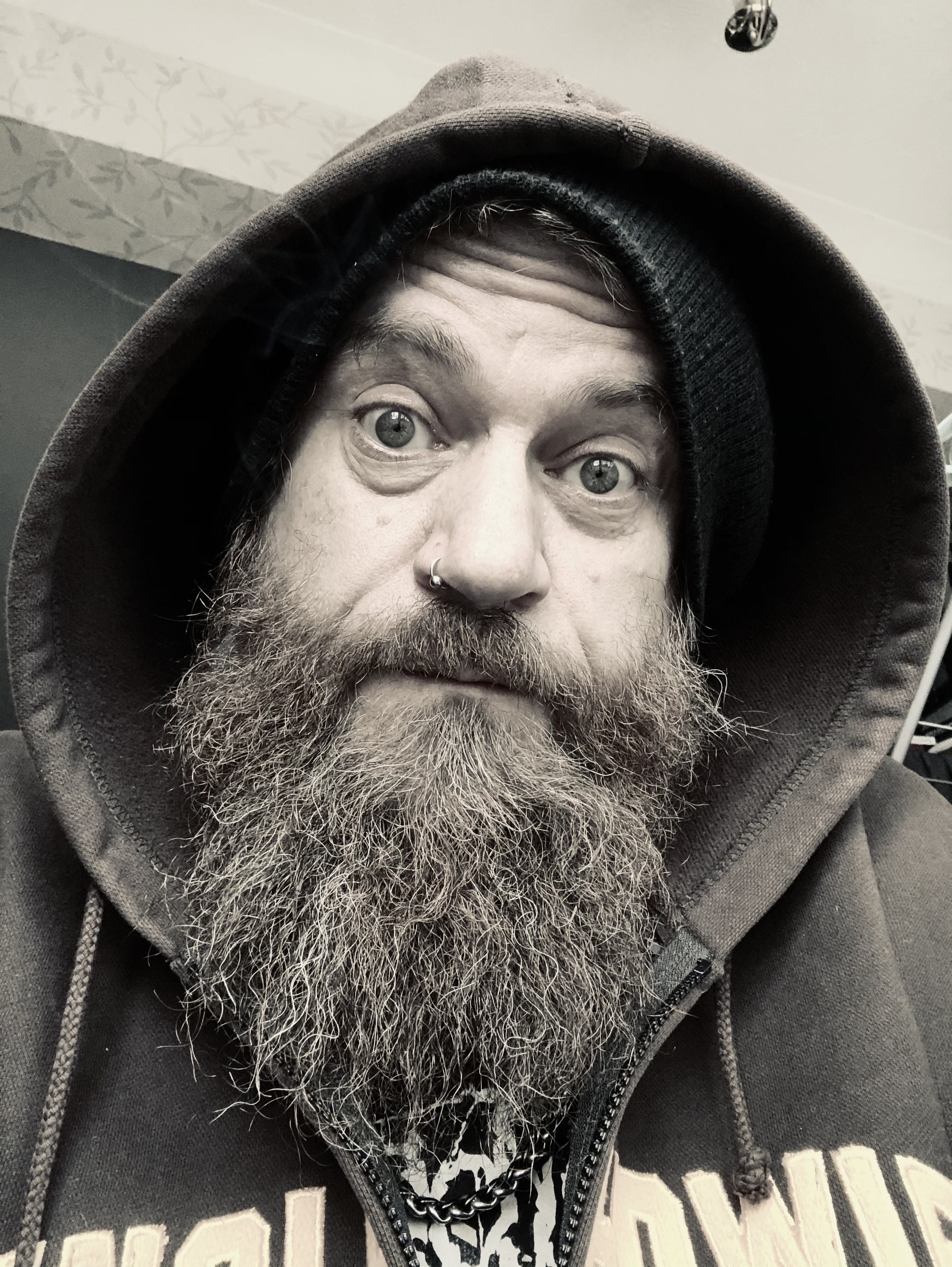The world knew all about Norwegian black metal by 1996. Thanks to the shock impact of church burnings and murders, this idiosyncratic underground metal enclave was reaching a peak of notoriety and, thanks to some genuinely great and groundbreaking records from the likes of Mayhem, Emperor and Immortal, the music itself was firmly established as heavy music’s most distinctive and vibrant phenomenon. What was less clear, however, was where black metal would go next: once the media’s prurient interest in the genre’s criminal element had faded, would it be able to remain a vital force? The answer was provided in no uncertain terms by Satyricon. Already one of the Norwegian scene’s most revered bands, thanks to the primitive but powerful squall of 1993 debut album Dark Medieval Times and its feral follow-up, 1994’s The Shadowthrone, they released their third album in 1996 and changed the face of black metal forever.
Founder members Satyr and Frost are gearing up to spend this summer performing Nemesis Divina in its entirety in a celebration of the album’s 20th anniversary. It’s a rare moment of nostalgia from a band that have always sought to push black metal forward, but for once both men are happy to spend some time reminiscing about the making of a dark metal monster.
“I remember writing the record; I had got my own place and was no longer working out of my parents’ house,” Satyr recalls. “When you have your own place at that age, your house becomes a rehearsal space. It was just a small timber house, but inside there were LPs on the walls and medieval weapons and guitars, amplifiers and all that stuff. It was my little island. It was on a very traditional old Norwegian farm, right on the edge of the forest and with easy access to the rest of the world. This old timber house was probably used for servants or something like that, 100 years ago. But the first floor was the Satyricon floor, and the second floor was the bedroom, and the rest I turned into the office for my label, Moonfog.”
Satyr’s tendency to favour isolation when writing new music has become something of a trademark in recent times, but Nemesis Divina was the first album that he had written in that way. He remembers standing in the front room of his timber haven, playing the guitar and working on riffs for hours at a time. Slowly but surely, the bones of Nemesis Divina began to take shape.
“When you’re alone and unaffected by what’s going on in the outside world, it’s perfect for writing music,” Satyr notes. “You have to remember that this was pre-iPhone and we were still using fax to communicate! No one ever came to visit and I didn’t go out very much. I wasn’t living up in the mountains or in the deep forest, but I was in a quiet place and that was my haven and where I spent all my time.”
When it came to bringing his new songs to life with the full band, Satyr and Frost were blessed with the presence of Darkthrone legend Nocturno Culto, who became the band’s second guitarist for the Nemesis Divina era and had an undeniable impact on what Satyr refers to as “the Satyr/Frost chemistry”. Early rehearsals also featured contributions from Emperor frontman Ihsahn, who helped out for a short period as keyboard player. With hindsight, Satyricon were briefly a bona fide black metal supergroup.
“It sounds strange now, but it made perfect sense back then!” laughs Frost. “It was a pretty small environment that we existed in back then. We all felt like competitors, but in other ways like colleagues and friends – people with a common interest in something that was very marginal and particular. Ihsahn’s commitment to Emperor meant that he couldn’t continue with us, but Nocturno Culto was definitely an important part of the album.”
- Ihsahn: Emperor album would be a disappointment
- Blogs Of War: Why All Metalheads Should Mourn Immortal's End
- Mayhem story to be told in Necrobutcher book
- 10 of the best metal bands from Norway
Twenty years later, songs like The Dawn Of A New Age and Mother North are established classics and almost permanent fixtures in Satyricon’s live sets, but even back when the band had no reason to assume that their next record would be an undisputed milestone, Frost insists that it was obvious that something very special was beginning to materialise.
“What I remember is that whenever Satyr showed up at the rehearsal space, he had just several brilliant things that would blow me away,” the drummer recalls. “I was constantly amazed. Each one was better than the next. It was really motivating. That was a great feeling. Soon it was dawning upon us that this would be more than just the next album for Satyricon. It was a big leap rather than just a step forward.”
Recorded at Waterfall Studio in Oslo at the beginning of 1996, Nemesis Divina represents the moment that Norwegian black metal stopped concerning itself quite so much with notions of nihilism and antisocial hostility and started to focus on the genre’s true creative and perhaps even spiritual potential. Satyricon’s first two albums had been necessarily raw and unpolished affairs, but their successor was driven by an unerring belief that black metal could and should be more.
“We had improved greatly as musicians. We had more experience of what being in a band actually means and what it demands,” Satyr states. “Some elements from the first two records remained, but there was a ferocity and an intensity to the songs on Nemesis Divina that we’d never tapped into before. We’ve continued to play certain songs from the album throughout our history as a live band. We play Mother North as much as any other song, but although I don’t always enjoy rehearsing it, when we play live I feel like I can perceive it through the eyes and the ears of members of the crowd and it makes me think of things and feelings that I would never otherwise be able to access. Not every band has a song that defines an era, but Mother North certainly does that.”
Satyricon have certainly coined a few more revered anthems over the last 20 years, but even the likes of K.I.N.G and Fuel For Hatred cannot hope to compete with the magical might of Mother North. A pivotal moment for a band that were determinedly evolving, it was the song that would enable Satyricon to reach a much wider audience, with the help of the band’s first promo video, but it could very easily have ended up being an utter disaster. Satyr chuckles as he relates the tale of the day that Frost was due in the studio to record his parts for Mother North. Despite having extensively rehearsed the song, the drummer suddenly decided to play it at much greater speed, much to the bewilderment of his friends.
“I didn’t know what the fuck he was doing!” laughs Satyr. “It was insanely fast. I looked at Nocturno Culto and said, ‘What is he doing?’ It was totally killing the atmosphere of the song!”
“I don’t remember perfectly, but it was a stressful situation!” Frost laughs. “I had this idea that the song had fundamentally a very intense character. You have to remember that I hadn’t heard what the song would eventually become. Then Satyr and Nocturno Culto said, ‘What are you doing? How am I supposed to make the vocal lines fit here?’ Ha ha ha! Later when I heard the song in the studio with all the arrangements and everything in place, I realised, ‘Fucking hell, they’re right!’ When you’re young you have to learn and absorb, don’t you?”

Arguably the first band from the Norwegian black metal scene to start nudging at the metal mainstream, Satyricon had casually reinvented the genre and redefined its capabilities along the way. From that moment on, the band found themselves steadily assimilated into the world of intensive touring, resulting in a celebrated jaunt as support to Pantera after the release of 1999’s wilfully scabrous and extreme Rebel Extravaganza. But it was Nemesis Divina that lit the touch paper and that is why, despite their oft-stated reservations about engaging in misty-eyed nostalgia, Satyricon will bring the album to Bloodstock this August, giving us a one-off opportunity to relive the moment that black metal came of age.
“There was never a plan to conquer the world,” Satyr avows. “But Nemesis Divina was driven by a conquering spirit. When we’re on stage at Bloodstock and looking through the dry ice and hearing the roar of the crowd, seeing and hearing them, I know it’s going to wake up something inside of me that I’d forgotten about; feelings from 20 years ago. We can summon that ferocity again.”
“Nemesis Divina was really different and the metal world is quite conservative,” Frost concludes. “It couldn’t resonate with everyone, but overall it had a shockingly strong impact, and that became very evident when we went on our very first tour ever in the spring of ’96. There was such a massive response from our fans, and it became clear that this music means a lot to a lot of people.”
—

